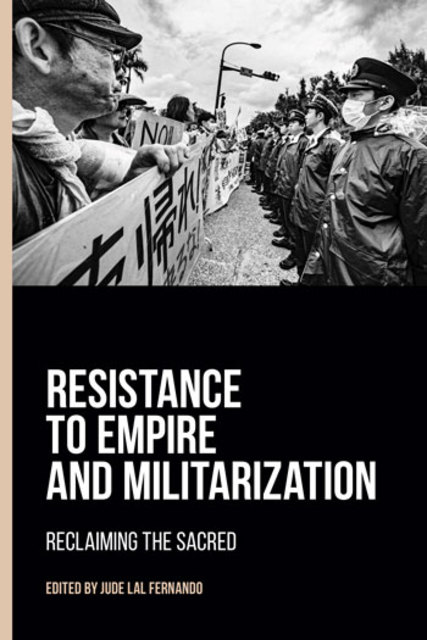Fernando/Resistance, 4. Contesting Pasts, Presents, Futures

Full description
Much of the difficulty about perceiving trends in East Asia today stems from the fact that the common paradigms and patterns of perception are those set around 70-years ago, in the wake of the cataclysmic WW II and subsequent San Francisco Treaty (1951). Following that, the US was set as an undisputed master of the world, and the treaty system it constructed was designed to consolidate and preserve dominance. China was divided and excluded, Korea divided and at war, Japan still occupied and divided (Okinawa severed from it), and the apparatus of occupation, bases, hegemonic control was assumed crucial to maintaining regional and global “security.” This chapter will argue that no historical settlement or framework of alliances lasts forever. The world has to move on. Since 2018 the mood in East Asia has shifted. Something unimaginable a year ago becomes a real possibility: a Korea at peace, de-nuclearized and subject to multilateral security guarantees. If the Cold War knots around the Korean peninsula can at last be untied, foreign troop occupations, in Japan as well as Korea, could be ended, opening the door upon a post-San Francisco Treaty, post-Cold War, and even a post-US hegemony, regional order. In considering the recent state and the prospects, this chapter pays special attention to the struggles in Korea and Okinawa.
- typeImage
- created on
- file formatjpeg
- file size46 KB
- container titleResistance to Empire and Militarization: Reclaiming the Sacred
- creatorGavan McCormack
- isbn9781781799963 (eBook)
- publisherEquinox Publishing Ltd.
- publisher placeSheffield, United Kingdom
- rightsEquinox Publishing Ltd.
- doi
We use cookies to analyze our traffic. Please decide if you are willing to accept cookies from our website. You can change this setting anytime in Privacy Settings.
